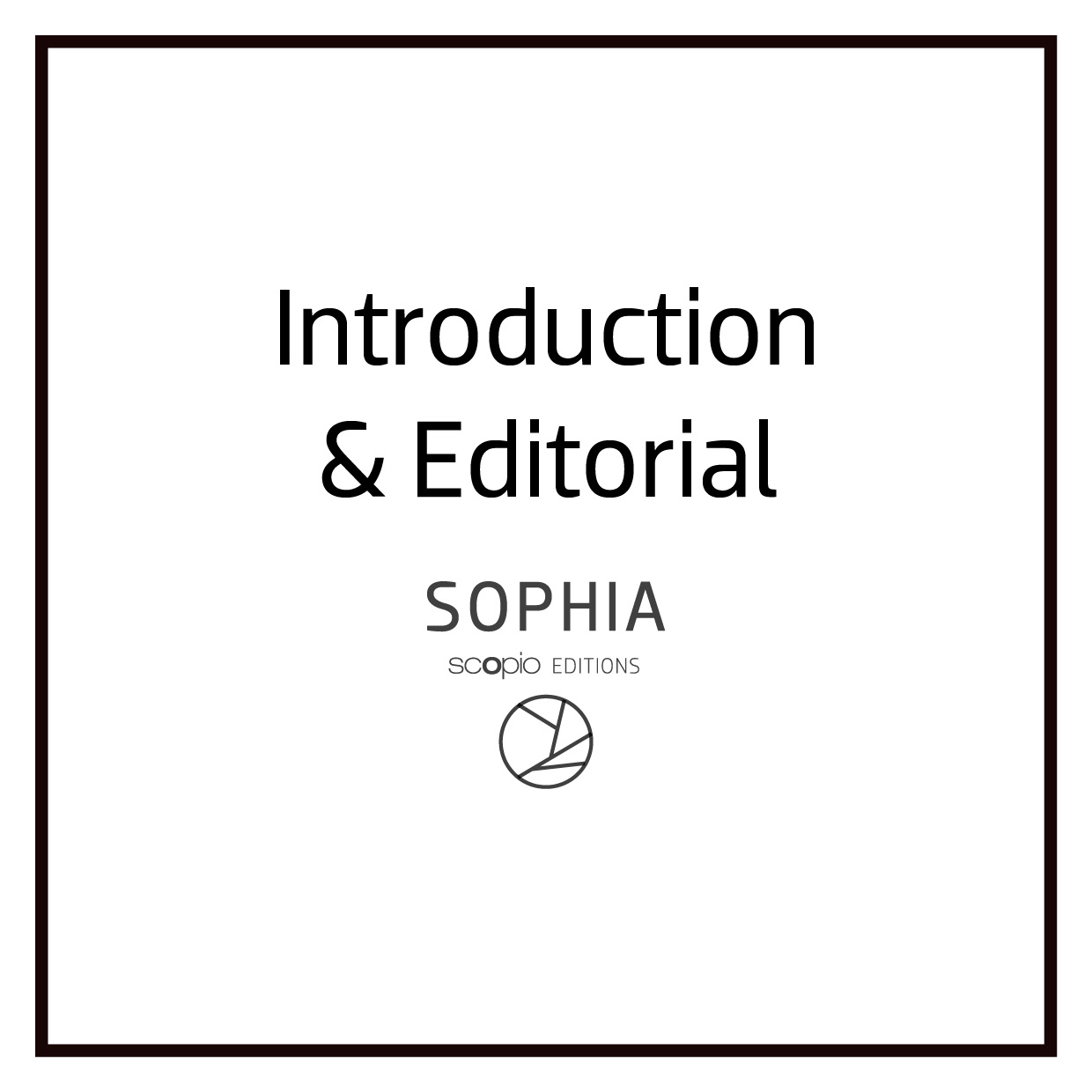
Interdisciplinary research reorienting the perceptions and understanding of Modern architecture and landscape heritage through an enriched documentary utilization, namely of photography and film
##plugins.themes.immersion.article.figure##

Resumen
“ [When] I am taking a photograph, I am conscious that I am constructing images rather
than taking snapshots. Since I do not take rapid photographs it is in this respect like
painting which takes a long time where you are very aware of what you are doing in the
process. Exposure is only the final act of making the image as a photograph.”1
Thomas Struth
With this 8th Volume of Sophia Journal, we are continuing our third thematic cycle “Landscapes of Care” and our interest is to understand and explore through diverse visual practices, with a specific interest in photography and film, how the physical environment is understood and shaped by a diverse field of study, practices and cultures. This means, besides other things, to better understand the relationship between culture and space and to explore how culture, beliefs, behaviours, and practices, interact with and shape the physical environment of different territories and their architectures, cities and landscapes, as well as to acknowledge
contemporary discourses and usages of landscape concepts2.
As we had already explained3, the concept of landscapes of care has increasingly been adopted by diverse areas of study, from health geography to the arts and architecture. It allows us to comprehend architecture, city and territory as living and inclusive organisms, constituted by multifaceted landscapes with complex social and organisational spatialities, as well as exploring the concepts of space and place for care within a transdisciplinary research environment.
(...)
Referencias
- Johnson, B. (2004) Photography Speaks: 150 Photographers on their art. Norfolk, Va. Aperture Foundation / The Chrysler Museum, 310
- See the discussion of key conceptions of landscape circulating as part of the recent discourse i.e. landscape as a fundamental building block, a communicative medium, and a realm of imaginative constructs.” Vera Vicenzotti. “The Landscape of Landscape Urbanism.” Landscape Journal 36, no. 1 (2018): 75-86. https://doi.org/10.3368/lj.36.1.75. https://lj.uwpress.org/content/wplj/36/1/75.full.pdf.
- See Pedro Neto. (2022). About “Landscapes of Care” and how contemporary photography can help to heal a broken planet. Sophia Journal, 7(1), 7. https://doi.org/10.24840/2183-8976_2022-0007_0001_1
- Hannes Palang, Katriina Soini, Anu Printsmann & Inger Birkeland (2017) Landscape and cultural sustainability, Norsk Geografisk Tidsskrift - Norwegian Journal of Geography, 71:3, 127-131, DOI: 10.1080/00291951.2017.1343381
- Kahn, A., and C.J. Burns. Site Matters: Strategies for Uncertainty through Planning and Design. Taylor & Francis, 2020. https://books.google.pt/books?id=cG8OEAAAQBAJ.
- Following the idea of Daniel Innerarity of how we are living in complex democracies (see his latest book “Democracy in Europe”)
- Wang, W. (2019). The Future of the American Dream. CENTER 22: LATITUDES – Architecture in the Americas, Volume 3, 124-125. ISBN: 978-0-93951-33-3
- Marion Gautreau e Jean Kempf, «La photographie documentaire contemporaine dans les Amériques», IdeAs [Online], 13 | 2019, posto online no dia 01 março 2019, consultado o 17 dezembro 2023. URL: http://journals.openedition.org/ideas/5099; DOI: https://doi.org/10.4000/ideas.5099
- Rose, G., Visual Methodologies: An Introduction to Researching with Visual Materials. London: Sage, 2012
- Jon Rieger, “Rephotography for Documenting Social Change”, in The Sage Handbook of Visual Research Methods (2nd ed), eds. Luc Pauwels and Dawn Mannay (Beverly Hills, CA/London: Sage, 2020), 99-113.
Artículos más leídos del mismo autor/a
- Pedro Leão Neto, Pedro Gadanho, About the 5th International Conference On the Surface , Sophia Journal : Vol. 4 Núm. 1 (2019): Visual Spaces of Change: Unveiling the Publicness of Urban Space through Photography and Image
- Pedro Leão Neto, Introduction , Sophia Journal : Vol. 2 Núm. 1 (2017): Crossing Borders, Shifting Boundaries: Photography and Architecture
- Pedro Leão Neto, An editorial project as a catalyst for discussion and construction of architectural ideas: scopio Editions and Sophia Journal , Sophia Journal : Vol. 9 Núm. 1 (2024): Landscapes of Care: Public housing across multiple geographies: crossing theories and practices